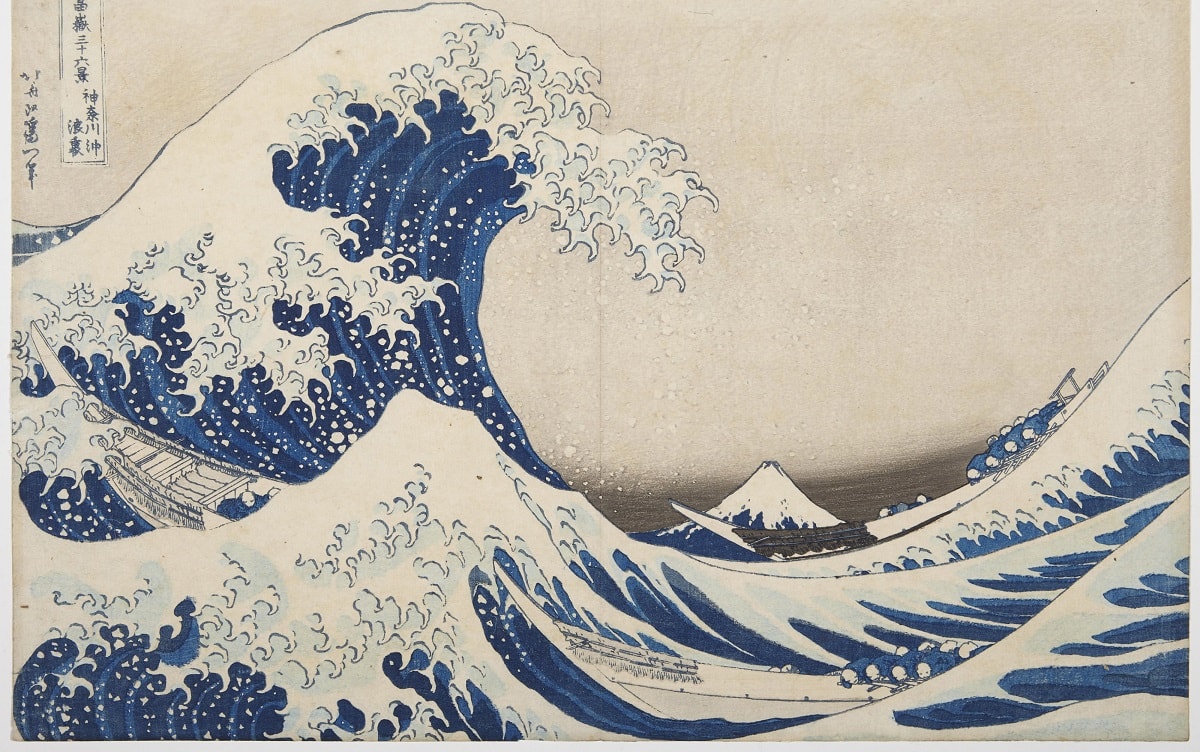On Christmas Eve, 1968, William Anders, an astronaut on the Apollo 8 mission, snapped a photograph of our planet suspended in darkness above the barren surface of the moon. Known as Earthrise, its glimpse of blue oceans streaked with clouds has become a touchstone for environmental consciousness, an emblem of fragility.
This April, Christie’s Education will present Art and Sustainability in the Climate Crisis, three lectures culminating in a panel discussion to mark Earth Day. Convened by Dr Julie Reiss, a pioneering scholar in the field of installation art and advocate for cultural engagement with the climate emergency, the lectures focus on contemporary artists’ response to the crisis — particularly those whose work blurs the boundaries between art and activism.
Following the lectures, Dr Reiss will join the artist Mary Mattingly and curator Toby Jurovics in a webinar exploring the impact of climate activism in the arts and the role of art in empowering audiences to take collective action. On this second Earth Day of the pandemic, the global event will emphasise renewal rather than a resumption of the status quo.
In the 19th century, painters turned their palettes to secular and sublime depictions of a world in flux — memorably JMW Turner’s dreamscapes wreathed in polluted air, Caspar David Friedrich’s shipwreck in The Sea of Ice and the blood-red sky of Edvard Munch’s The Scream. Confronting today’s crises, artists must find new ways to communicate with and engage their audiences, using a variety of mediums including video, photography and installation art as well as painting. In the work of Mary Mattingly, Alexis Rockman, Olafur Eliasson, LaToya Ruby Frazier, John Akomfrah and many others, we see responses to flooded or burning landscapes and melting glaciers, forced migration and marginalised communities on the front line of natural disasters. Their explorations of the ecological consequences of political, economic, technological and personal decisions challenge us all.
In 1986 Sebastião Salgado documented Brazil’s Serra Pelada gold rush near the mouth of the Amazon River. His black and white chiaroscuro photographs show a Dante’s Inferno of men cast into the dust and mud, a vivid portrait of environmental and human degradation. ‘The biggest revelation was the capacity of the human species to adapt,’ Salgado recalled from his experience there. ‘We adapt very quickly to the most terrible conditions.’ In this epoch of the Anthropocene will we change before it’s too late, or be forced to adapt? It’s in artists’ power to imagine on our behalf the earth as a green goldmine — to be valued by all and handled with care, unlike the dusty hell of the Serra Pelada.
To register for the free webinar, click here.
To register for the full course, click here.

